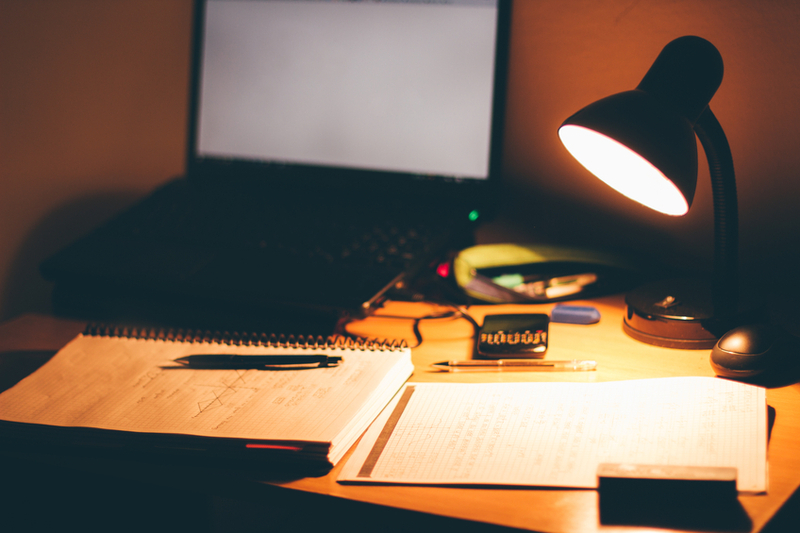Since various students have different learning styles, it is important that they use different study techniques during test prep.
First, take a minute to consider what type of learner you might be. Using which kinds of methods do you learn best? Once you have figured out your learning style(s), you should adapt your study methods accordingly.
Below are some ways each type of learner can consider guiding their prep:
Visual learners can benefit greatly from services like YouTube and Hulu, which offer brief and informative clips with test-taking advice. SlideShare is also a wonderful tool for accessing slideshows and infographics on a specific subject area.
However, beware it is easy to get distracted watching videos and slideshows unrelated to test prep, so try to stay focused!
Tiffany Sorensen is a professional tutor and contributing writer with Varsity Tutors, a live learning platform that connects students with personalized instruction to accelerate academic achievement.
Visual Learners
1. Draw pictures.
Visual learners perform best when they learn information through drawings, photos, charts, and other pictorial elements. If this appeals to your learning style, practice turning written information into graphic representations. For example, a page-long description of plant cells can be turned into a drawing with labeled layers and cell sub-parts. Visual learners should pay special attention to photos and graphs they encounter in books, and should always read captions to gain an understanding of what an image shows.2. Watch videos.
Auditory Learners
1. Listen to recordings.
If you learn best through your sense of hearing, recordings should be your go-to tool for test prep. YouTube is a great resource for auditory learners; it contains countless videos of brief lectures and tips geared for test prep. If you find yourself getting distracted by the images in the videos, minimize the window and just listen to the speaker, or consider listening to an educational podcast. If you are taking a class to prepare you for a test, it could be helpful to record each lecture and listen to it again afterwards; however, make sure to get your instructor’s permission first.2. Study out loud.
Auditory learners can benefit from speaking and hearing themselves speak. Therefore, it can be helpful for auditory learners to talk out loud as they study for a test. This may include asking oneself questions, paraphrasing important points, and repeating key words. If you would feel self-conscious talking to yourself around other people, you can limit using this technique to a private space.Kinesthetic Learners
1. Move around regularly.
Kinesthetic learners often dislike being in the same place for an extended period. If this sounds like you, set an alarm on your phone for every half hour, 45 minutes, or whatever amount of time is best for you while you study. When your alarm goes off, take a quick break by stretching or walking around. Then, if possible, relocate to a different area of your house or the library. Repeat these steps each time your alarm sounds.2. Act it out.
Kinesthetic learners enjoy keeping their bodies in movement. Therefore, they can learn by utilizing their hands and arms in the study process. This may include acting out concepts or using gestures to convey meaning — for example, giving the peace sign to remember the word “pacific” and a clenched fist for “belligerent.”Read-Write Learners
1. Rewrite your notes.
Like the name suggests, read-write learners can reach their full testing potential by reading and writing as part of their study regimen. Gather any test prep notes you have and rewrite them from start to finish; this will also allow you to improve on your original notes in case you left any details out the first time or do not understand your wording. While re-writing notes may seem silly, it is helpful for read-write learners because it utilizes both skills at the same time.2. Write summaries or essays.
Read-write learners should consider turning graphs and charts into handwritten summaries. They can also benefit from writing out the answers to extra review questions at the end of the sections in a book. Since read-write learners rely heavily on the written word, any sort of writing activity is conducive to the learning process. Before creating a test prep regimen for yourself, take your learning style into account. What works well for one type of learner could be ineffective for you. Happy studying!Tiffany Sorensen is a professional tutor and contributing writer with Varsity Tutors, a live learning platform that connects students with personalized instruction to accelerate academic achievement.
